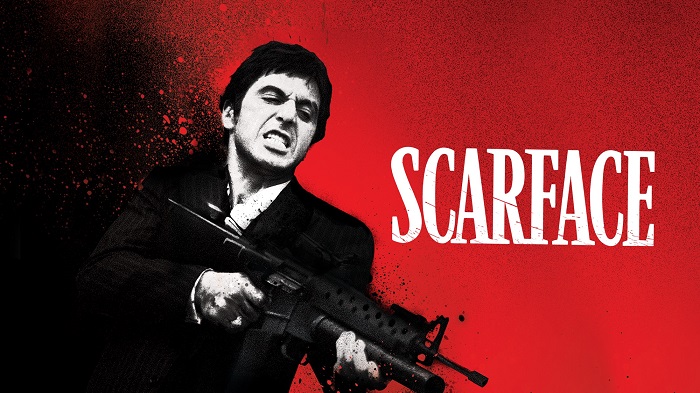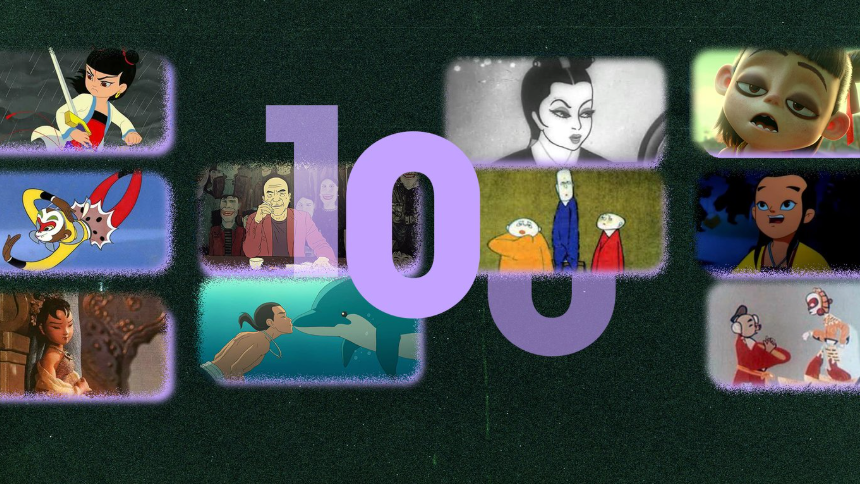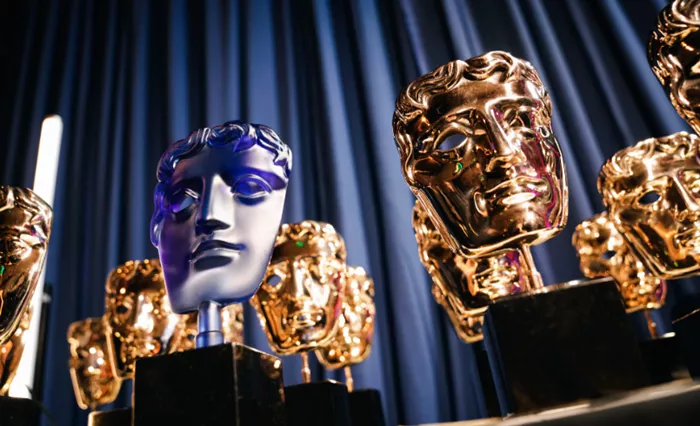Do American Crime Movies Glorify Violence?

Strong 8k brings an ultra-HD IPTV experience to your living room and your pocket.
Violence in films has always sparked strong debate. For decades, critics, parents, scholars, and even filmmakers themselves have questioned how movies affect the way we see the world. One genre often at the center of this debate is crime. Specifically, American Crime Movies have drawn both praise and criticism for their thrilling stories, complex characters, and gritty settings. But they also raise an important question. Do these films glorify violence?
To glorify violence means to portray it as something exciting, heroic, or admirable. In other words, the concern is whether these films make violent acts seem attractive or justified. This matters because movies shape culture. They influence how we think, what we believe, and how we behave. If violence is glamorized, the fear is that audiences might become numb to it or even drawn to it.
This article explores whether American Crime Movies glorify violence. It looks at how these films use violence, why they include it, and what impact it might have on viewers. By the end, we will have a clearer understanding of the line between storytelling and celebration.
The Tradition of Violence in American Cinema
Violence is not new to American film. From the early gangster films of the 1930s to modern thrillers, violence has been part of the cinematic language. In the early days, films like Little Caesar and Scarface shocked audiences with scenes of gunfire, betrayal, and cold ambition. These characters were often punished in the end, but their rise to power was shown with energy and style.
Later, films like The Godfather, Goodfellas, and Pulp Fiction became cultural landmarks. These are often listed as the best American Crime Movies of all time. They feature long scenes of violence. They show characters committing brutal acts. And they do so with style, wit, and high production value. These films invite the audience into the world of the criminal. They do not always judge the characters harshly. In some cases, they even invite us to admire them.
Style and Presentation
One of the reasons violence in American Crime Movies stands out is how it is presented. Directors use music, lighting, costume, and slow motion to make violent scenes feel artistic. For example, in The Godfather, the opening wedding scene is warm and beautiful. But soon, we witness cold-blooded murders that are carefully choreographed. The contrast is striking. It makes the violence feel important, even poetic.
In Pulp Fiction, violence comes quickly and often. But it is also surrounded by humor, clever dialogue, and pop culture references. The famous scene where a character accidentally shoots someone in a car is shocking. But the film treats it with absurdity. This mix of tone can confuse the audience. Is it meant to be funny or horrifying? Sometimes, it feels like both.
When violence is shown in such a stylish way, it can become entertainment. It may lose its weight and meaning. Some argue that this is a form of glorification. The more cool or exciting a violent act looks on screen, the more it may be seen as acceptable.
Complex Characters and Moral Ambiguity
Another element of American Crime Movies is the focus on complex, morally grey characters. Tony Montana in Scarface is a drug dealer and a killer. Yet many viewers admire his ambition and courage. Michael Corleone starts as a reluctant leader but becomes ruthless. Still, he is seen as noble in many ways. These characters commit terrible acts, but the films show us their struggles and humanity.
This creates a conflict for the audience. We are asked to care about people who do bad things. Sometimes, we are even made to cheer for them. The more we understand these characters, the more we may accept their actions. Violence becomes part of their world, and we grow used to it.
Of course, showing complex characters is not the same as glorifying violence. In fact, many filmmakers say they want to explore the reasons behind crime and its effects. But when these characters become icons, when their actions are celebrated in popular culture, the message can become unclear.
The Role of Consequences
One way to tell if a film glorifies violence is to look at consequences. Do violent characters suffer for their actions? Do the films show the pain and damage caused by crime? In some cases, the answer is yes. Films like American History X or The Departed show how violence destroys lives. They do not shy away from showing blood, loss, and regret.
But in other cases, characters commit violence and face little or no punishment. Sometimes, their violent acts help them succeed. This sends a different message. It suggests that violence can be a tool for power, respect, or survival. When this happens often, viewers may begin to see violence as a normal part of life.
It is important to note that not all audiences react the same way. Some people see these films as cautionary tales. Others focus on the action and style. The intent of the filmmaker matters, but so does the effect on the audience.
The Influence of Audience and Culture
Another factor to consider is the audience. Many viewers understand that movies are fiction. They can enjoy a film without copying its behavior. But others, especially young or impressionable viewers, may be more affected. Studies have shown that repeated exposure to violent media can reduce sensitivity to violence in real life.
This does not mean watching a crime film will make someone violent. But it can shape attitudes. If American Crime Movies make violence look normal, clever, or powerful, those ideas can stick. This is especially true in cultures where violence is already a part of everyday life.
The influence of American films reaches beyond the United States. Hollywood movies are watched around the world. The images and ideas they present become part of global culture. This gives American filmmakers a lot of power and responsibility.
Artistic Freedom vs. Social Impact
Some argue that filmmakers should be free to tell any story they want. Art should not be limited by fear of how people will react. This is a fair point. Stories about crime and violence are often about real life. They reflect our world, our fears, and our choices. To avoid these stories would be dishonest.
However, freedom comes with responsibility. Filmmakers must think about what they are saying and how they are saying it. If a movie makes violence look cool, that is not a neutral choice. It is a message, whether intended or not.
There is room for both art and ethics in cinema. A film can be powerful and honest without glorifying harmful acts. Many great American Crime Movies manage to strike this balance. They show the cost of violence, the pain behind crime, and the humanity of those involved.
Conclusion
So, do American Crime Movies glorify violence? The answer is not simple. Some do. Others do not. Many walk a fine line between showing violence and celebrating it. The way violence is presented, the tone of the film, the fate of the characters, and the reaction of the audience all matter.
Filmmakers have the power to shape how we see violence. Viewers have the power to think critically about what they watch. Together, they form a cultural conversation about crime, justice, and morality.
In the end, the key is awareness. We must look closely at the stories we tell and the way we tell them. Only then can we understand the true impact of American Crime Movies and the role they play in our lives.
Note: IndiBlogHub features both user-submitted and editorial content. We do not verify third-party contributions. Read our Disclaimer and Privacy Policyfor details.




